I'm trying to design a BLDC motor controller rated to run a 200kW electric motor, 240v dc ~833A. Looking at MOSFETs I've found a TO264 n-channel which is rated for 500V 100A. How are the legs not going to immediately act like fusible links and vaporise?
Edit: I've found a more suited MOSFET [IXFB210N30P3][1] which is 300v 210A Rds of 14.5mOhm continuous power of 1890W.
[http://ixapps.ixys.com/DataSheet/DS100463A(IXFB210N30P3).pdf][1]
Edit Dos: it appears, in the data sheet, that there is an external lead current limit of 160A and that the chip capability is 210A
